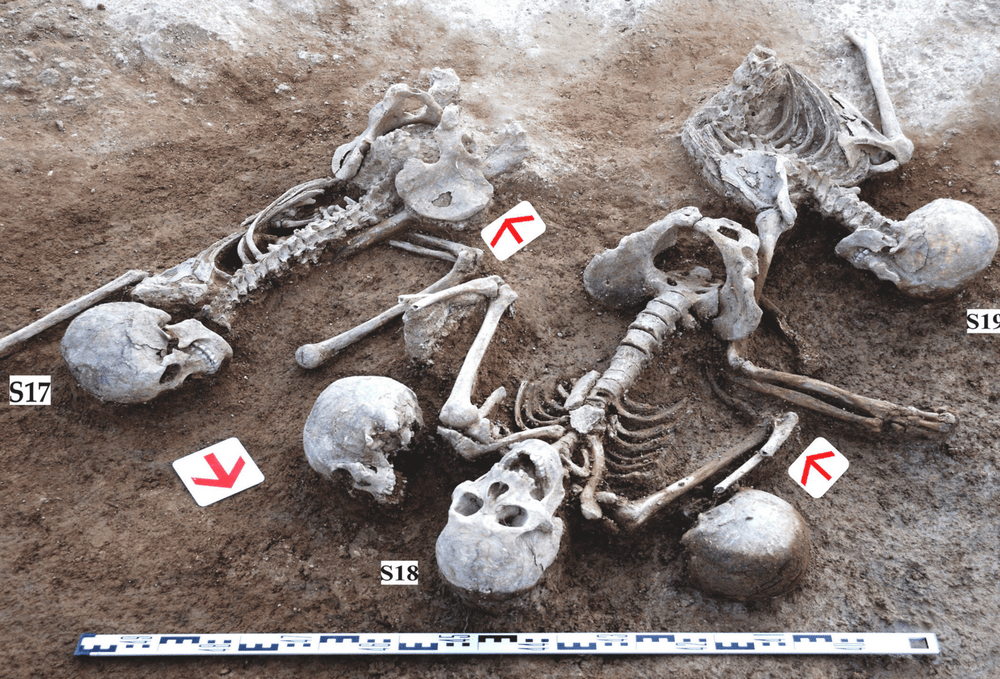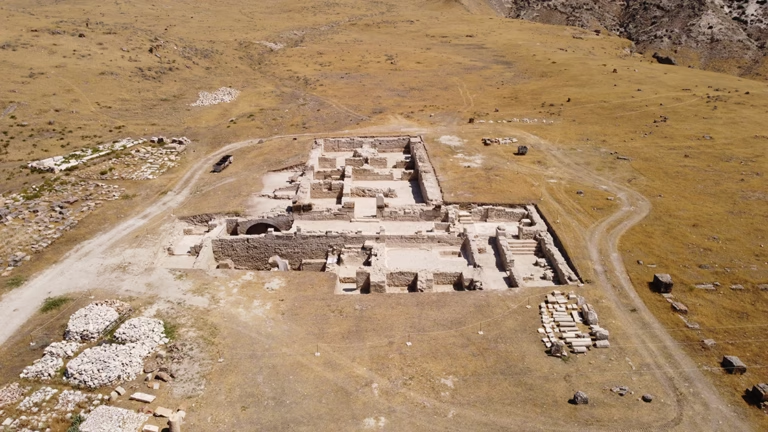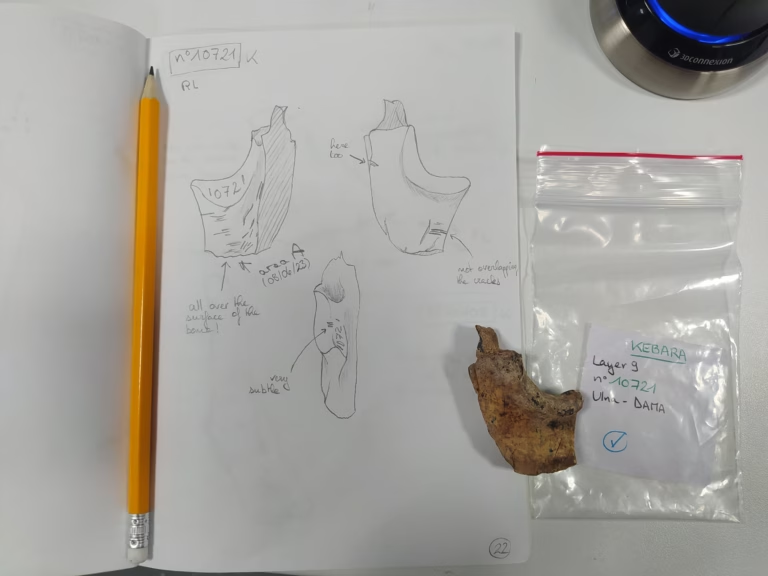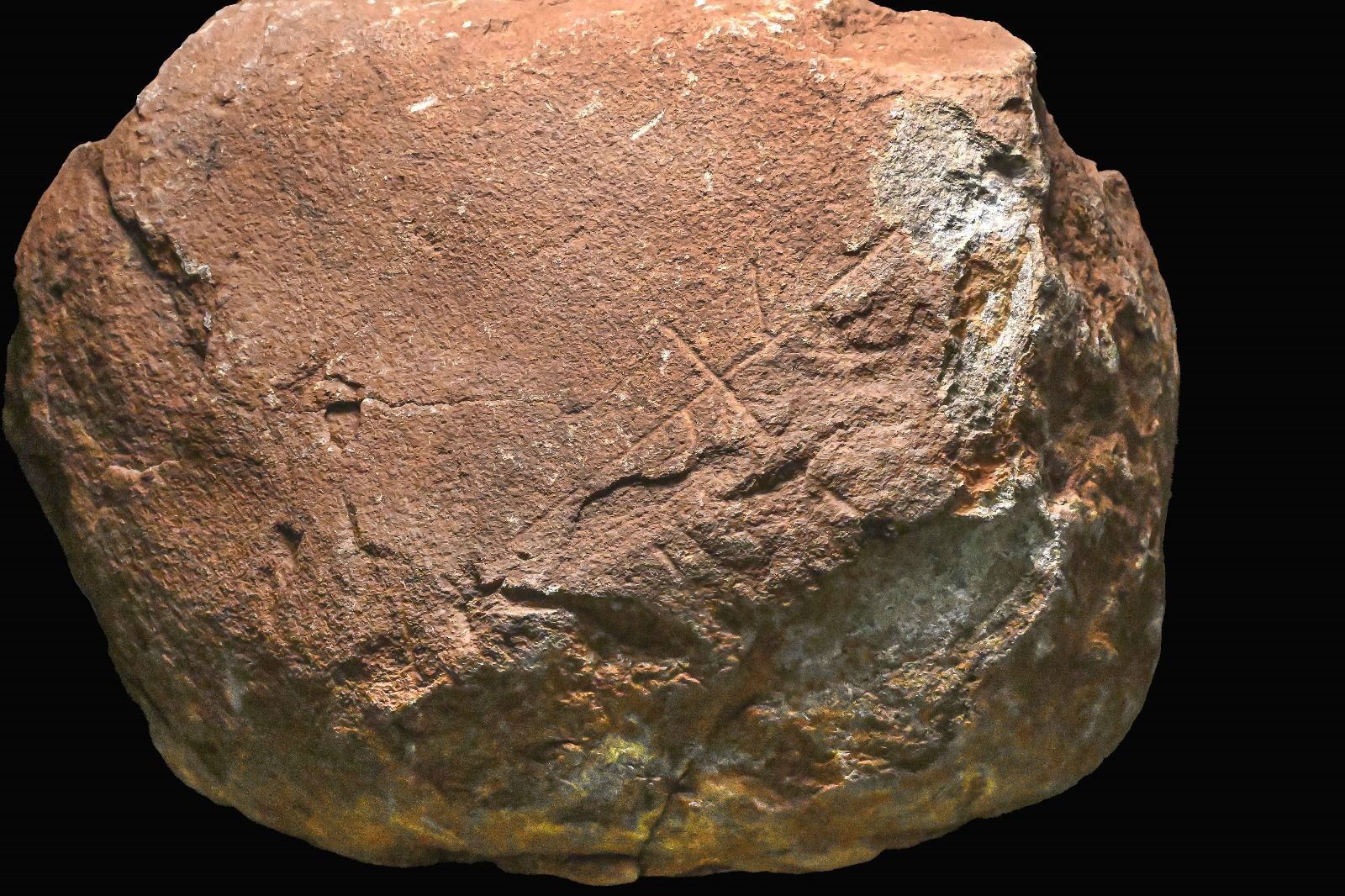Groundbreaking research from a leading Chinese university is unraveling the mysteries of a mass grave in Bayanbulag, Mongolia, shedding light on a dark chapter of the Han-Xiongnu War. This bioarchaeological study, led by Jilin University, reveals that the remains of soldiers found in the grave originated from Northern China, not from the local Mongolian population. This discovery brings to light unknown aspects of the fierce conflicts between the Han Empire and the Xiongnu Confederation in the early Iron Age.
Historical records extensively describe the prolonged border conflicts, military campaigns, and territorial shifts of the Han-Xiongnu War, but these accounts are primarily written from the Han perspective. The Bayanbulag site, discovered in 1957 but not extensively excavated until 2009, has yielded significant artifacts, including a fortified structure, pottery, iron tools, bronze crossbow locks, iron halberds, coins, and a clay seal belonging to a Han official. These findings suggest that the site may have been built by the Han Empire in 104 BC as the Shouxiangcheng, or “Fortification for Receiving Surrender,” mentioned in historical records.
However, historical records do not mention the discovery of more than 20 dismembered skeletons at the bottom of a burial pit. Previous osteological analyses from the 2009 excavation revealed evidence of interpersonal violence, including dismembered limbs and signs of execution. Some individuals were found in kneeling positions, indicating ritual treatment or execution of captives.
Who were these individuals? Uncertainties about the identities and affiliations of warriors buried in battle graves have persisted due to a lack of direct evidence. Advances in biotechnology, however, have enabled the extraction of ancient DNA and isotopes from skeletal tooth remains, allowing for the reconstruction of individual origins, regional recruitment practices, and even dietary patterns of soldiers.
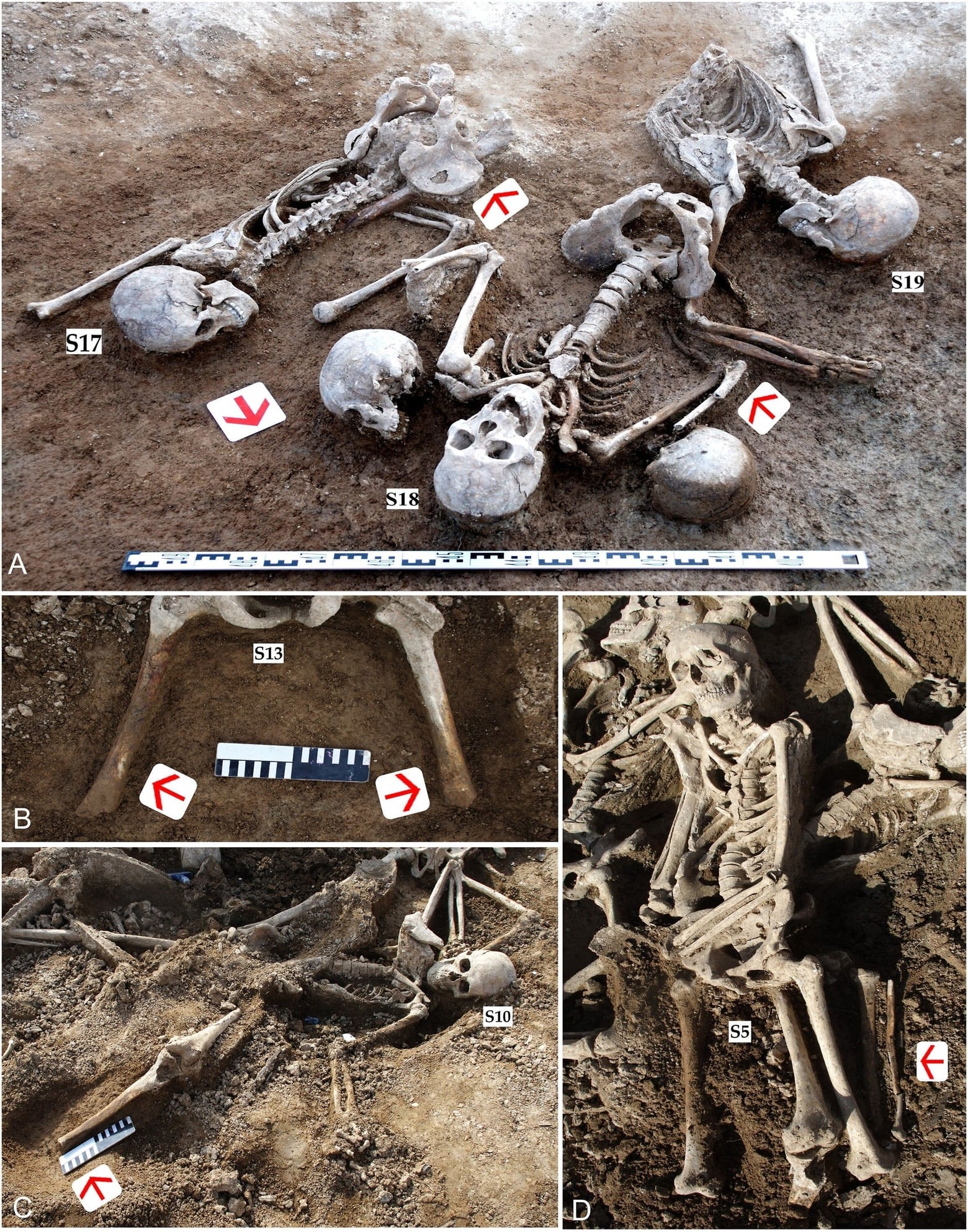
In the study, “Bioarchaeological Perspectives on the Ancient Han-Xiongnu War: Insights from the Iron Age Site of Bayanbulag,” published in the Journal of Archaeological Science, researchers applied a multidisciplinary approach to determine the origins and identities of individuals buried at the Bayanbulag site through their teeth.
The analysis combined ancient DNA sequencing, strontium isotope testing, and stable carbon isotope analysis, building on previous osteological and archaeological assessments. Genome-wide analysis of ancient DNA from 14 tooth samples confirmed that all individuals were male, and 11 had sufficient coverage for detailed ancestry assessment. The 11 individuals were genetically consistent with ancient and modern Han Chinese populations from Northern China.
Y-chromosome haplogroups O2a2b1a1a-F8, O2a2b1a2-F114, and Q1a1a1a-M120 indicated direct lineage connections to populations in the Yellow River Basin. Mitochondrial DNA showed diverse maternal lineages, a characteristic also observed in modern Han populations.
Strontium isotope analysis of tooth enamel confirmed that the individuals did not originate from Mongolia. Measured 87Sr/86Sr values closely aligned with isotopic signatures from Northern China, particularly the Ordos Plateau and the Central Plains, suggesting that the individuals were born and raised outside the Mongolian Plateau. These findings reveal the complexities of the Han Empire’s expansion policies and military strategies and the profound impact of the Han-Xiongnu War on human history.
Pengcheng Ma et al, Bioarchaeological perspectives on the ancient Han-Xiongnu war: Insights from the Iron Age site of Bayanbulag, Journal of Archaeological Science (2025). DOI: 10.1016/j.jas.2025.106184
Cover Photo: Photographs of dismembered remains and burial postures. Credit: Journal of Archaeological Science (2025).
